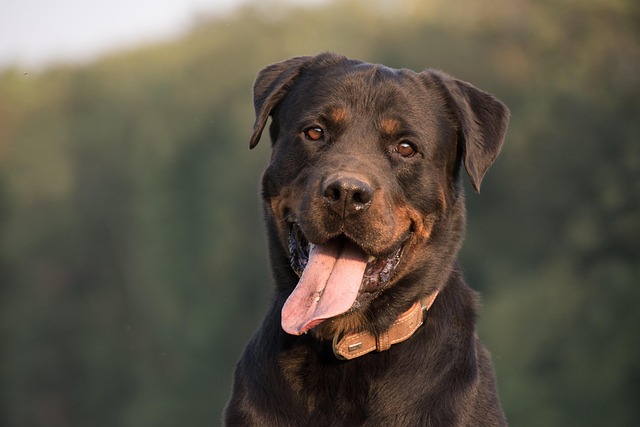
How can I tell if my dog's heatstroke is serious
Let’s be real: It’s a sticky August morning in Los Angeles, and you took your 2-year-old Golden Retriever, Max, for a walk a little later than usual
You’re petting your pup on the couch like usual, and suddenly you pause—wait, their fur feels way softer than it did last week. Is that normal? As a new dog owner, it’s easy to overthink little changes, but a sudden boost in softness is almost always a good sign—and usually has a simple explanation.
The science behind soft fur boils down to two main factors: skin health and grooming. Your dog’s fur gets its texture from the oils their skin produces; when those oils are balanced and distributed evenly, fur feels smooth and soft. A sudden change often means something in their routine is supporting that balance. Maybe you switched their food to a formula with more omega-3s (like salmon or flaxseed), or you’ve been brushing them more regularly—both help spread those natural oils and remove rough, dead fur. Even a change in weather, like less dry air in your home during winter, can make their coat feel silkier.
If you want to keep that softness going, here’s what to do. First, stick with the habits that might have caused it—if you started using a new brush, keep brushing 2-3 times a week (a rubber brush works great for short-haired breeds, while a slicker brush is better for long-haired pups). For apartment dwellers, avoid placing your dog’s bed near heating vents—dry air can strip their coat of oils. Second, check their diet: look for kibble with “skin and coat support” on the label, and avoid cheap brands with lots of fillers—those can make fur dull and coarse. If you’re unsure, ask your vet for recommendations.

Now, a few key reminders for U.S. pet parents. First, compliance: while soft fur isn’t regulated, making sure your dog is up-to-date on rabies vaccines (required in every state) and annual exams is non-negotiable—your vet can confirm there’s no underlying issue causing the change. Second, never punish your dog for shedding (even soft fur sheds!)—positive reinforcement, like giving treats during brushing, is the only way to keep them calm and happy, which aligns with U.S. animal welfare standards. And when you’re out walking, always bring poop bags—fines for not cleaning up can hit $100 in cities like Denver.
That sudden softness is likely a reward for your good care. Keep up the routine, and if you notice any other changes (like excessive shedding or red skin), check in with your vet. Otherwise, enjoy those extra snuggles with your silky pup!

Let’s be real: It’s a sticky August morning in Los Angeles, and you took your 2-year-old Golden Retriever, Max, for a walk a little later than usual

You're enjoying a summer afternoon at the park when you notice your dog has stopped panting and appears disoriented - their gums are bright red

Let’s paint the picture: You’re in your Denver apartment, watching your 4-year-old Boston Terrier, Ruby, plop down mid-play session with her favorite toy

Many dog owners notice their pets nails seem shorter after regular walks,but how much does this daily activity actually help?The answer depends on where you walk—concrete sidewalks or asphalt streets gently file nails as a dog's paws hit the ground

Most dog owners notice their pup scooting across the carpet at some point, but few connect it to impacted anal glands. These small sacs near a dog’s rectum secrete a scent for marking territory

Most vets agree that regular dog teeth cleaning is key to avoiding painful dental issues later. For healthy adult dogs, a professional cleaning at the vet’s office every 12 to 18 months usually works well.